#Le Fay
Note
Asking for clarification for a few things for... reasons (an artist's reasons!)— I hope you don't mind!
Pendragon colours are red and gold, right?
What's Lothia's colour? I get the feeling black's gotta be one of the colours of House Leudonus, what with Gareth's room being decked out in ebony, and bears definitely gotta be their signature animal (by the way, I love love love your description of Gareth's room: how it's full of bears but there definitely are hidden snakes, like how he's seen as Lot's but he takes after Morgana in many aspects, also gives the feeling he's a hidden trap in the shadows, poised to strike at the right moment. Very much cunning vibes, even if we haven't seen him be cunning and sly just yet— Y'know what I'd love to see? Merlin vs Gareth in a battle of wits, constantly plotting to undermine each other. I think Gareth could do it. He'd rival Merlin in being this puppet master in the shadows. Also love how Mordred now knows “where to look for [the snakes]” and my Mordred has a good relationship with their brother, does that quote still show up for Mordreds with bad relationships? If that's the case my headcanon/theory doesn't hold water but I like to think that that quote is a demonstration of how they know their brother inside and out, how they 100% trust and love each other, Gareth will never be the one to strike Mordred from the shadows [or ever, really] and Mordred will never hurt Gareth either. ANYWAYS THAT WAS A FUCKING RANT I'M SORRY)
If the Leudonus duo colours include black, and Pendragon colours red, I can imagine my Mordred wearing clothes that are red-and-black, a hint at their true lineage! The black is mostly there to honor Gareth, as eventually I imagine Gareth would become the only person they trust with their whole heart (Morgana is... complicated)
What are Le Fay colours? I can imagine Gareth having subtle features of Le Fay colours in his everyday attire, blended with the black of Leudonus.
I saw your other ask and no, I don't remember getting anything so tumblr must have eaten it - unless this is the original you sent? Anyway, on to the answer!
So yeah, the Pendragon ones are red and gold - though red alone is very much associated with them too, gold comes from their dragon on their emblem.
The Leudonus colors are dark green, (it's described a few times as moss green throughout chapter 4 tho that's only on Patreon/Kofi, and at least once in chapter 3 which is public - Accolon wears green armor when fighting Lancelot and I think it's mentioned as being Lothian colors, but this was a later edit I did to add more description so it's easy to miss). The brown bear is their symbol so it's more of a dark brown and green combo.
The Le Fay colors are blue and gold (the serpent). It's sort of a lighter blue, an azure shade.
And regarding Gareth - don't apologize, I always love hearing people's thoughts! Yeah, the quote differs depending on your relationship - if it's good, it's the one you mentioned; otherwise Mordred says they would have missed the snakes if Morgana didn't tell them she'd taken care to include the details. And oooh, Gareth interacting with Merlin is definitely something we will see but saying more is spoilery!
68 notes
·
View notes
Text
I'm writing something (which might turn into a fanfic) about the most influential families in wizarding Britain. Known as the noblest and oldest families, whose magic dates back to the Druids. These portraits/aesthetics are a reference.
2 notes
·
View notes
Text
Favorite Dracul Myu villain
#bishoujo senshi sailor moon#bssm#pgsm#pretty guardian sailor moon#sailor moon#poll#Shin / Henshin - Super Senshi e no Michi - Last Dracul Jokyoku#Kessen / Transylvania no Mori - Shin Toujou! Chibi Moon wo Mamoru Senshi-tachi#Kessen / Transylvania no Mori (Kaiteiban) - Saikyou no Kataki Dark Cain no Nazo#Last Dracul Saishuu Shou - Chou Wakusei Death Vulcan no Fuuin#sera myu#count dracul#undead berserk#death lamia#le fay#Bloody Dracul Vampir#dark cain#Magi Saint Germain#death vulcan
4 notes
·
View notes
Text
Magical summer: Morgan Le Fay
MORGAN LE FAY
Category: Arthurian literature / Arthurian myth
Morgan Le Fay, the other great magic user of the Arthurian literature after Merlin, went by many names : Morgan, Morganna, Morgaine, Morgane, Morgante, Morguein… Because, being a key character of the Arthurian mythos, she is like Merlin a patchwork of various characters and interpretations taken from various centuries and various countries. However, unlike with Merlin, who is a melting-pot of inspirations constantly going back and forth between “demonic evil” and “Holy Grail-good”, between “wild madness” and “mischievous playfulness”, Morgan le Fay knew one very clear evolution: she started out as a benevolent, helpful, positive goddess-like otherworldly being, and ended up as a villainous, treacherous, wicked villain very much human by many aspects.
# Morgan, just like Merlin, first appeared in the works of Geoffrey of Monmouth (see my Merlin article). She appeared in “Vita Merlini” and in “Historia Regum Britanniae”. She only appears in the stories upon the “death” of King Arthur, in the role of a savior: she comes to fetch him at the Battle of Camlann, where Arthur is mortally wounded by Mordered, and he is taken away to the “Isle of Apple Trees” (Insula Pomorum) or “Isle of Apples” – aka Avalon, a mythical “paradise on earth” type of land probably located somewhere in the Celtic Otherworld, and the very place where Excalibur the magic sword was forged. There, Arthur is healed and revived by Morgan (actually named “Morgen” in those early texts). Morgen is here the elder sister and leader of a group of nine sorceresses, all sisters who co-rule upon Avalon as queens, and we got a long list of her powers: she is an expert healer who knows all the medicinal herbs and can cure any ills ; she is the most beautiful of the nine, as well as an expert of both mathematics and astronomy ; she can “change her shape” and “fly through the air on strange wings”.
# The next important step in her development comes from the French author Chrétien de Troyes who, in the 12th century, wrote the first French novels that ever existed – all parts of the Arthurian cycle, and whose fame grew so big they influenced all the French Arthurian literature. In one of those novels, “Erec and Enide”, Chrétien describes Morgan (here called Morgue) as the lover of Guigomar, a vassal of King Arthur who is “lord of the Isle of Avalon”, and as the sister of said King Arthur, who offers him a healing balm to help the wounded protagonist Erec. The text also mentions that she has a form of enmity with Queen Guinevere, Arthur’s wife, and that she resides in a mysterious place known as the “Perilous Vale” (Le Val Périlleux), aka “the dangerous valley” when translated – these and some other details were made to make Morgan/Morgue more ambiguous, she is mainly a helper and healer but has a darker side to her. Chrétien reused her in another of his novels “Yvain, the Knight of the Lion”, where she is again depicted as a healer: the main protagonist sees his madness cured by a magical potion offered by none other than “Morgue la Sage” (Morgan the Wise).
# Now we return to the “Lancelot-Grail cycle” I talked to you about before, also known as the “Vulgate cycle”, then followed by the “Post-Vulgate Cycle” – this vast expanse of French texts and books that tried to tie together all the previous Arthurian literature and legends into one big cohesive epic… and failed as each of the stories differ or sometimes contradict each other. But they still form a great whole – and they enormously expanded the role of Morgan. It was at this point that Morgan became a much creepier, and more harmful entity, slowly losing her benevolence from her original incarnation – and note that at this point in the French language her named had evolved from “Morgue” to “Morgane / Morgain”. In the poem “Merlin” (I talked about it previously), Morgan is described as the illegitimate daughter of Lady Igraine and the Duke of Tintagel, that was then adopted by the King Neutres of Garlot – she is said to have learned sorcery when growing up, as part of her “education”. The poem says that Morgan was called “La Fée” (The Fairy) due to her great knowledge: she knew so much people couldn’t help but think she was a fairy. However this was the original poetic, verse version – remember the original was lost but we have a surviving prose adaptation. Well the prose version slightly change that, as now Morgane is the youngest of the three daughters of Igraine and Gorlois, Duke of Cornwall (and her legitimate husband, before she wed Uther Pendragon). After Uther Pendragon, with the help of Merlin, killed Gorlois and married Igraine, leading to the birth of King Arthur, the king sent Morgan to a convent, and there she began her studies of magic, and learned of the “seven arts” (music, arithmetic, geometry, astronomy, grammar, logic and rhetoric) – she became an expert at astronomy/astrology, as well as a mistress of the art of healing. She was noticeably very talented, a gifted young girl, as well as hard-working. A text from the Post-Vulgate called “Suite du Merlin” (“Sequel to Merlin”) expanded on that by adding that Morgan was known for her great beauty, and that she was also a very clever girl, a talented singer… as well as the “most lustful woman in all Great Britain” and the lewdest girl you could ever meet, plus she was said to hold grudges like no one and to never forgive those she got angry at. In the prose “Merlin”, Morgan has two elder sisters, that birthed several of the Knights of the Round Table – but most interested is one in particular, a queen of Orkney later identified as “Morgause” that is said to have had an affair with King Arthur (she was married to King Lot) which birthed Mordred. As a result, in this version Morgan isn’t just Arthur’s half-sister, but also the aunt of Mordred.
# An incident of Morgan’s life is introduced in the Prose “Merlin”, but is then expanded by the “Suite du Merlin”, and by a Vulgate text called “Lancelot”: Uther was said to have betrothed Morgan to his ally King Urien of Gorre (which is actually a land of the Otherworld) – in the Post-Vulgate texts, it was changed to Arthur himself having married Morgan. Morgan became queen, but was deeply unhappy with her husband, and she ended up acting as a lady-in-waiting to Guinevere, the new wife of Arthur. Morgan and Guinevere were good friends, very close, to the point they wore identical rings to show their relationship – but Morgan was caught in the middle of an affair with a knight named Guiomar by none other than Guinevere, who promptly proceeded to break off this dishonorable relationship. This started a deep feud between the two women, and Morgan fled the court of Camelot with all of her wealth to go seek Merlin in hope of being able to use his great powers to take her revenge (and power over her own life). Morgan ended up giving birth to Guiomar’s son, an unnamed boy that became a great knight (she was pregnant when leaving Camelot) and studied black magic under Merlin’s tutelage. Now we know love was involved in these studies, but the texts keep differing with each other: in the Prose Merlin it is Morgan who is deeply in love with Merlin and actively searched for him to become his lover, while in “Livre d’Artus” it is Merlin that is in love with Morgan and who, after being betrayed by his previous lover Niniane the Lady of the Lake, comes to live with her, an occasion Morgan uses to her advantage. In the “Suite du Merlin”, Morgan was said to have been Merlin’s teacher before her relationship with Guiomar, and they meet again at the funerals of King Lot, when Morgan is pregnant with Guiomar’s child (here identified as Yvain) – they resume their teachings, and Merlin in love with her gives her so much knowledge she becomes the wisest woman in the world, only for her to return only scorn and disdain. Morgan even ends up threatening Merlin with torture and murder if he does not leave her alone, which plunges Merlin in despair and makes him realize his love for her was a foolish one. One last example to mention is in the “Lancelot” of the Vulgate cycle : in it Morgan was said to have learned all of her magic from Merlin. She had a lover, an unnamed knight, that cheated on her with another woman : enraged, she used her new magic powers to create an area known as the “Val sans Retour” (The Vale of No Return), a magical forest-like prison in which unfaithful knights and false lovers would be imprisoned by magic forever. And then, after finishing her studies with Merlin, she decided to take her revenge on Guinevere by causing her downfall.
# This is the other element that gets accentuated as time goes by. In her original incarnations she was a great helper of Arthur, though hostile towards Guinevere. In the Vulgate texts, she has some tension and hostility with Arthur, but the object of vengeance and her great rival is Queen Guinevere – but by the Post-Vulgate, she now becomes the enemy of King Arthur and it is he that she wishes to destroy as much if not more than his wife. The most famous text talking about this is the “Suite du Merlin”. In it, with the help of her lover Accolon, she replaces Excalibur the magic sword by a powerless copy after Arthur appointed her Excalibur’s guardian (because he trusted her more than his own wife… big mistake). Morgan wishes that Accolon would use Arthur’s own magic sword against him in battle, so that he would become the new King and she the new Queen. In her plan, Morgan also tries to kill her legal husband Urien with his own sword in his sleep, but she is stopped by her son Yvain – who forgives her when she pretends that she was under the devil’s possession and that she will renounce all her evil ways. Accolon dies in his duel with Arthur, and Arthur would have killed Morgan too in his wrath if Merlin (who still had feelings for her) didn’t protect her. Despite her promise, she returns to the dark arts in order to avenge her dead lover: she steals away Arthur’s magical scabbard, the one containing Excalibur and makes it disappear before escaping the King’s wrath (in a very funny way: as Arthur hunts her down, she turns herself into stone, and Arthur gives up the hunt by thinking it was God’s punishment… only for Morgan to revert into a lady and run for her life). Banished from Camelot, she retires to the land of Gore and to a castle of hers near Tauroc. Now, the fact she removed Arthur’s magical scabbard was already the key to his doom, as in his last battle he would end up killed due to not being protect by the scabbard’s magic… But before that, Morgan couldn’t wait, and she desperately tried to kill Arthur in many different ways – all unfortunately thwarted by Arthur’s new sorceress and advisor, Ninianne the Lady of the Lake (who imprisoned her lover Merlin to take his place). When for example she offers Arthur a beautiful mantle cloak as a gift of peace, Ninianne insists on Morgan’s messenger wearing it first before the king, and when the messenger puts it on it burns its wearer to cinders…
# I am not going to cover all the texts of the Lancelot-Grail and the Post-Vulgate, but one other interesting trait is that Arthur isn’t the only object of her vengeances: she is also often depicted as a harasser, villain or enemy of several other knights of the Round Table. The main two sh keeps fighting are Lancelot and Tristan. Lancelot because of two reasons: on one side he is the lover of Guinevere, and so Morgan’s revenge on Guinevere also extends to him – she plans to hurt Guinevere by hurting him, and she hopes that by revealing publicly their affair she will ruin the Queen. On the other side, Lancelot is said to be the most powerful, virtuous, exemplary and talented of all the Knights of the Round Table, and either she cannot stand in (in these cases she is presented as more of a hellish figure able to control demons), either she desires it too much and tries to make the knight hers through seduction, magical drugs or forceful imprisonment. For Tristan, it was a very similar situation, as several times in texts she tries to seduce him or make him her lover, only to be opposed by Tristan’s true and faithful love for Isolde, which results in her hatred for the duo and in attempts to kill or destroy them. The only last text of this vast French expand I will talk about is a Vulgate text, “La Mort le Roi Artu” (The Death of King Arthur). In it, Arthur believes Morgan is dead because she had vanished for such a long time now… So one day he goes to Morgan’s remote castle to make sure she is indeed dead, only to discover her very much alive. The two siblings (the texts keep oscillating whether they are half-siblings or full siblings) end up reconciling with each other, and becoming good friends again, but when Arthur offers her to return to Camelot she refuses: she rather plans to go to the Isle of Avalon, where all the women who know magic in this world end up living. However, during this reunion Morgan ends up informing Arthur of the secret love affair between Guinevere and Lancelot, which would cause the fight between Arthur and Lancelot and the breaking of the Round Table. At the end of the book, a dying Arthur is taken away on a magical boat by ladies wearing black-hoods, to be led away to Avalon – and among them, one is recognized as Morgan.
# And then we come to Thomas Malory and his famous “Le Morte d’Arthur”, remember? The text inspired by the French prose cycles of the Arthurian myth and that brought it all over to England, re-adapting it and then influencing all the future English Arthurian works? Well, his version of Morgan is quite different: in the same way he depicts Merlin as good without ambiguity, he decides to make Morgan fully evil and removes her healing and prophetic abilities. He also removes her rivalry with Guinevere, with no mention of a previous lover be it Guiomar or Accomolon – instead she has a deep hatred for Arthur and she tries to destroy him, but it is never actually explained why, she just becomes a pure sociopath. She becomes the main antagonist of the Arthurian myth, acting as a sinister and dangerous otherworldly threat only motived by envy, greed and lust, and who causes both the Arthur/Lancelot conflict and Mordred’s open rebellion. Mallory heavily details her powers: she knows astrology, as well as “nigremancie” (black magic/the dark arts), two arts she learned in the unnery she was sent it as a teenager, before being married to King Urien (no mention of Merlin teaching her here). She is said to be a mistress of black magic, opposing the white magic of Nimue/The Lady of the Lake. She is said to be widely hated and feared throughout the kingdom, and on top of having several castles (some Arthur gifted her and could not take back due to magical traps she placed) as well as an entire army at her service, she is also said to be in control of other witch-queens (a theme found earlier with the French texts about her attempts to imprison Lancelot). However, at the end of the story she, alongside her rival Nimue, are part of the four “enchentress queens” that come to grieve the dead King Arthur and take his corpse away to Avalon, and unlike in the French texts, there is no story of reconciliation whatsoever, she just suddenly weeps for Arthur out of the blue, grieving for her “dear brother”.
# One last text I will mention and that is considered to be one of the most famous and well-known English Arthurian tales beyond Malory’s work, is “Sir Gawain and the Green Knight”, a story from the end of the 14th century where Morgan (here called “Morgue la Faye, or Morgne the goddess”, and alternatively referred as a fairy and a goddess) plays the role of an ambiguous trickster: said to be the aunt of the knight Gawain and a student of Merlin, she disguises herself as an old woman and causes the apparition of the titular Green Knight, a ghost-like supernatural apparition that challenges Gawain to a deadly duel – all in order to “put to the test” Arthur and his knight, and also to try to scare Guinevere to death. This iteration of Morgan is extremely famous due to the mystery and ambiguity behind Morgan, whose true identity and involvement in the story is only revealed by the end to a VERY confused Gawain who doesn’t understand half of what is happening around him. And similarly, it is very unclear if Morgan is supposed to be a positive or negative force ; it is left unclear if she was a mastermind that manipulated everything and everyone since the beginning or if she just happened to be responsible for one specific event that indirectly caused the others ; and it is just as unclear if she actually succeeded in her plan and is happy with herself, or if somehow Gawain’s involved made her trick fall flat. It is truly one of Morgan’s most enigmatic apparitions.
- - -
As you can see, what I said before with Merlin still stands: Arthurian myth is a mess. When it comes to King Arthur or Lancelot, or Tristan and the like, the characters tend to stay straight and there's a sort of "canon" that exists... But with magical beings such as Merlin or Morgan, it is just all over the place and you get opposite characterizations a few centuries apart. On the other hand, it is the beauty of it all, and what allowed for so many books, movies and cartoons to be made based on the Arthurian myth: it is an "open world" filled with so many possibilities...
Though it is quite interesting to see that in modern days and modern media, there is a new confusion that arose: the idea that Morgan was Mordred's mother. I don't know exactly when or where this all started, but nowadays everybody knows the idea that Morgan was the mother or the one who raised up Mordred, the tool to her vengeance and Arthur's fated murdered...
... However this is not true. Yes in the original texts Morgan organized things so that Mordred's open rebellion against Arthur would happen, and she favorized Arthur's death at the hands of Mordred (for example stealing away Arthur's magical protecting items). But she never was Mordred's mother in any way - this is actually a confusion due to people mixing Morgan with her sister, Morgause, who was the actual mother of Mordred through an illegitimate affair with Arthur.
But in popular culture Morgause and Morgan became the same - which led to the birth of Mordred being even more terrible and sinful, as it is now incest, either between half-siblings, or between literal siblings.
Through both Merlin and Morgan, you can also see the mixed influenced of the Arthurian myth : on one side it was heavily inspired by Celtic folklore (the sorceresses reside in the Otherworld, the very concept of fairy-sorceress and wizard-bards, the deep tie of the magic users to nature...), but it also was written and created in a very Christian context with Christian goals in mind (Merlin and Morgan's relationships with the Devil/demons/hell, or the power of sanctity and holiness over them...). Just like the Arthurian world itself, both Merlin and Morgan are split between the pagan and Christian world, sometimes fiends from Hell and embodiments of evil, sometimes mysterious but powerful and benevolent lords of the Otherworld.
23 notes
·
View notes
Text
[Bikini Clinic V] Le Fay Pendragon (Bishop)



5 notes
·
View notes
Text
the Mountains Splendor: Discovering Bliss in the Dolomites
Nestled amidst the majestic beauty of the Dolomites lies a realm where time slows, and nature’s grandeur reigns supreme. My journey to this breathtaking destination began not in the mountainous region itself, but in the bustling metropolis of Milan. Logistically, Milan is the epitome of convenience, and its influence on lifestyle is undeniable.
Среди величественной красоты Доломитовых Альп…

View On WordPress
#alpine escapes#detox#dolomites#focus#gourmet#herbal detox wraps#holistic#inspiration#le fay#lifestyle#mountains#rejuvenation#relax#serenity#slow living#spa#spa retreat#therapy#vitality#voyage#well being#wellness
0 notes
Text
youtube
youtube
Dejó las drogas, el rap y se hizo profesora de yoga.
0 notes
Text
arthurian dashboard simulation

🦌 jovesganymede
lancelot kind of homophobic for killing that giant just for keeping knights in a dungeon to whip. or jealous

🧅 villeinous
morgan le fay needs to stop trying to fuck her way about the table round and come to my hamlet. out of the way chastityboy i’m about to get it
🧅 villeinous
jesu i have been trapped for a year to be drained with diabolic sex
🐗 hungryserf
op where is this happening. the diabolic sex

✍🏻 tonsurance
we need to get gawain off the streets every time i check in he’s killed twenty more knights when does it end
🔮 preeminentwycche
i heard he was unicorning for older het couples
🫂 merlinbignaturals
serial killer AND bad bi rep

🖼 theilluminatedmaid
reopening commissions !! <3 the farm has been razed to the ground again and even one would help so much
🖼 theilluminatedmaid
i just got a guinevere x lancelot commission from MORGAN LE FAY ?? 😭😭
🫘 t4tgwencelot
she’s actually so real
🦌 jovesganymede
need her

🐻 strongandtrue
if i saw merlin i’d kill him with a hammer

✝️ spiritussanctus

actually some of the most disgusting shit i’ve ever seen on this hellsite all you freaks unfollow me rn if you find this shit funny. those are real knights with real families. i bet op is a fucking gw/ncelot too
🪰 wretchedesthive
lancelot isn’t going to fuck you

⚔️ roundtablewatch
sir kay spotted in camelot
🐗 hungryserf
girl who cares
🫦 nakedasaneedle
likely place for him to be
7K notes
·
View notes
Text
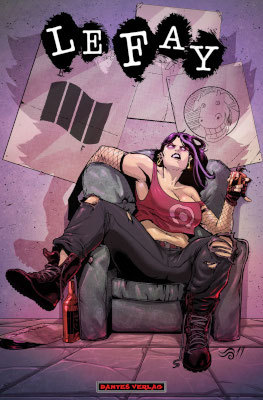
Morgan Le Fay ist die Halbschwester von König Artus und Merlins einstige Geliebte. Vor knapp 1.500 Jahren wollte sie, nachdem Artus von seinem Sohn Mordred getötet worden war, nach der Königskrone greifen und die Macht an sich reißen. Da hierfür ihre eigenen Kräfte nicht ausreichten, wollte sie die von Merlin rauben. Ausgerechnet von ihrem Ex – und demjenigen, der sie ausgebildet hatte. Das ging aber bitter schief.
0 notes
Text
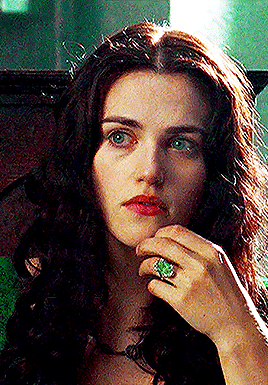
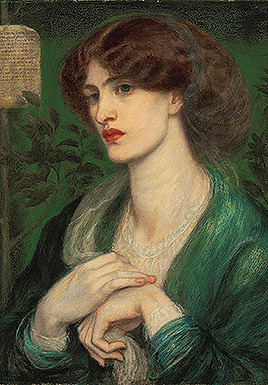
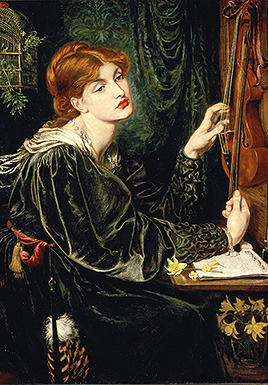

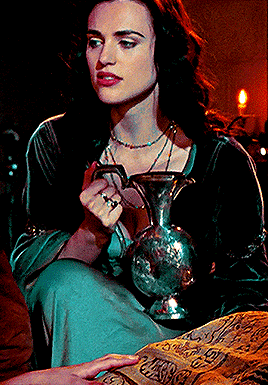





MORGANA PENDRAGON
+ Pre-Raphaelite paintings by Dante Gabriel Rossetti
The Salutation of Beatrice (1869)
Veronica Veronese (1872)
Proserpine (1874)
Lady Lilith (1873)
The Damsel of Sanct Grael (1874)
#art#morgana#morgana pendragon#morgana le fay#katie mcgrath#bbc merlin#merlin bbc#merlin#merlinedit#merlingif#tv#tvedit#tvgif#tvgifs#perioddramaedit#dailytvfilmgifs#femalecharacters#femaledaily#tvfilmsource#dailytvwomen#femalegifsource#tvandfilm#televisiongifs#filmtvdaily#usersource#userbbelcher#userstream#userladiesblr#chewieblog#cinemapix
2K notes
·
View notes
Text
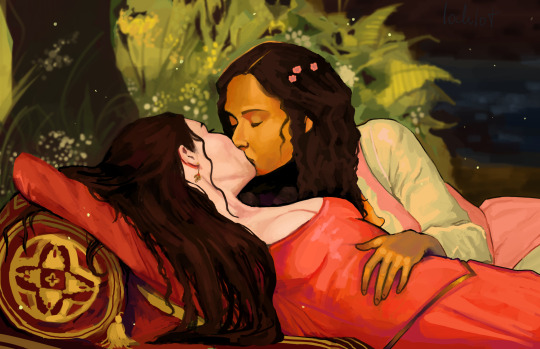
morgwen study
#morgana x gwen#merlin bbc#Merlin#morgwen felt like lovers to enemies and merthur was the opposite#probably a popular take#digital art#artists on tumblr#fanart#merlin fanart#Morgana#guinevere#morgwen art#morgwen#merlin art#morgana pendragon#morgana le fay#queen guinevere#guinevere pendragon#lesbians#wlw art#wlw#sapphic#procreate#merlin 2008#I’m so sleepy it’s defeating me um#still haven’t finished this show goddamn#art#art study#goodnight
2K notes
·
View notes
Text
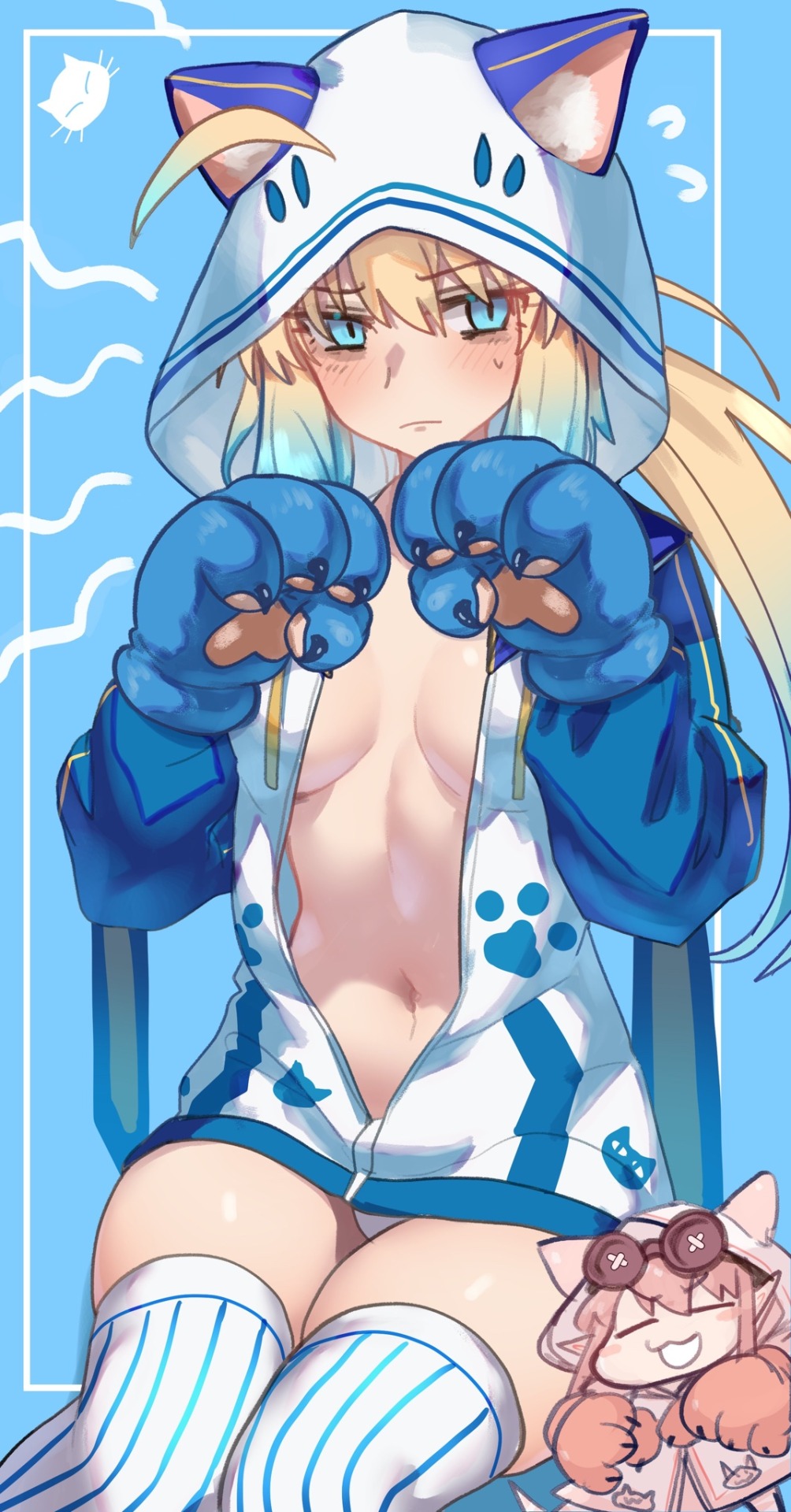
Aesc cat
#fgo#fate grand order#fgo art#lostbelt 6#fate series#castoria#caster artoria#tonelico#aesc the savior#morgan le fay#habetrot#habenyan
2K notes
·
View notes
Text

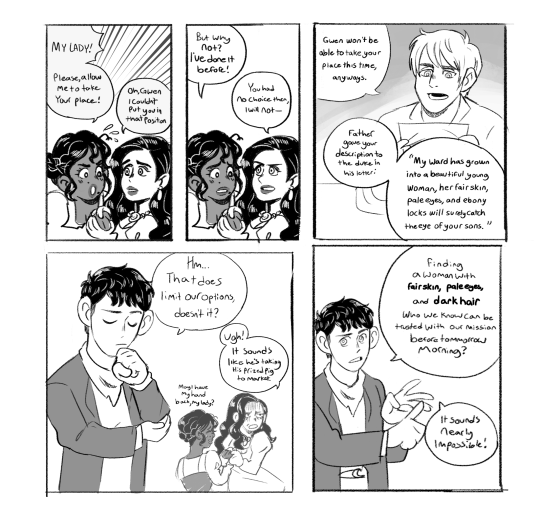

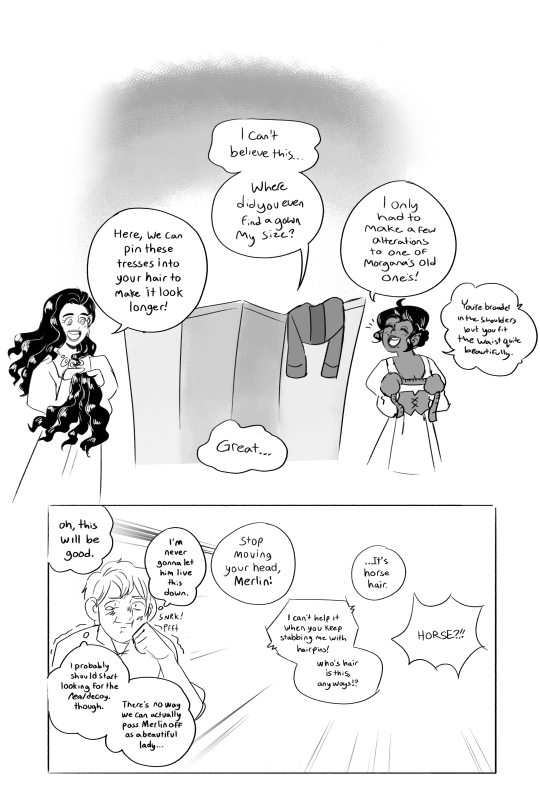

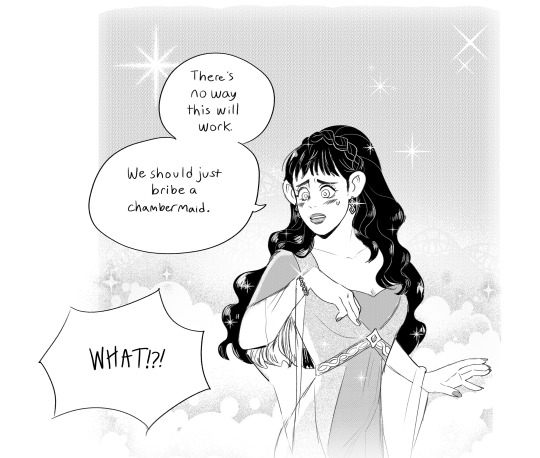

I love "Merlin crossdressing for plot reasons" fics lmao
3K notes
·
View notes
Text
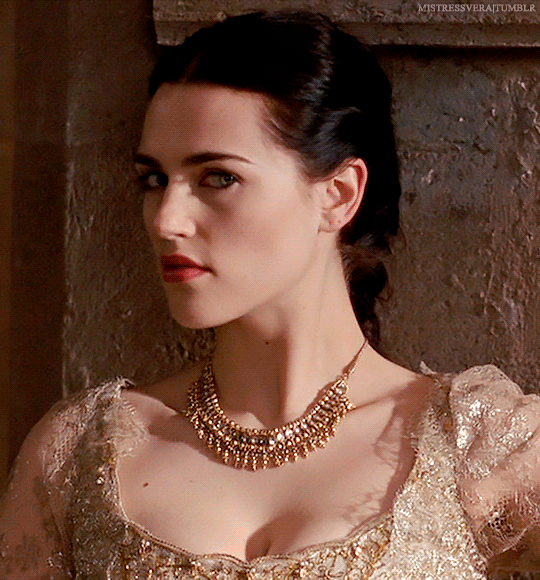
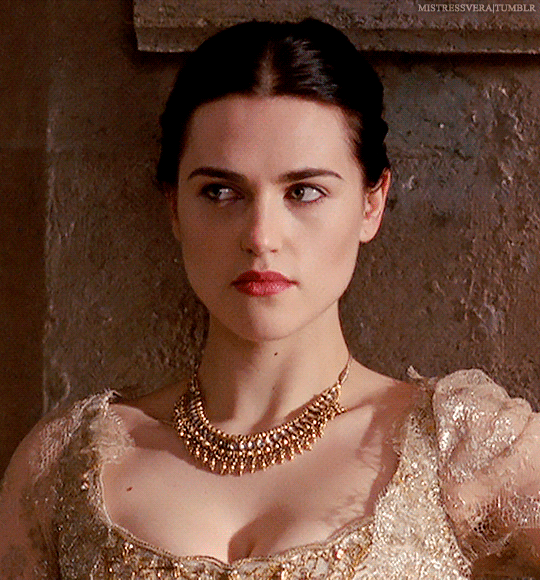
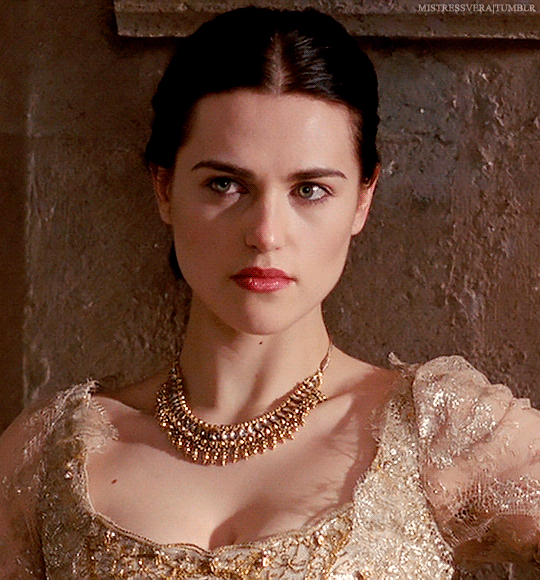
Katie McGrath as Morgana Pendragon
MERLIN (2008) | 3.2 - The Tears of Uther Pendragon: Part Two
#merlin bbc#merlinedit#morgana pendragon#morganapendragonedit#morgana le fay#merlinladies#femalecharacters#tvarchive#womendaily#bbcmerlindaily#perioddramaedit#perioddramasource#costume drama#womensource#tvedit#tvgifs#katie mcgrath#katiemcgrathedit
2K notes
·
View notes
Text
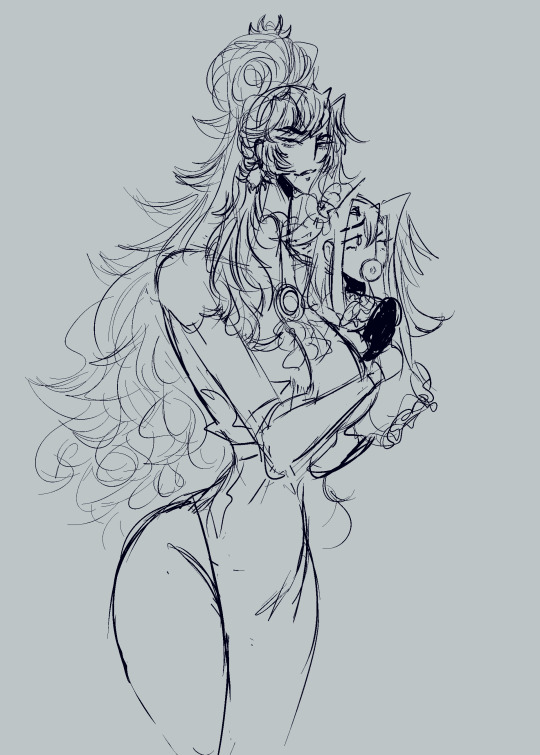
#le fay#drawing#artist#sketch#artist on tumblr#artists on tumblr#digital drawing#original character#digital artist#digital art#artwork
1 note
·
View note
Text
Happy Birthday Le Fay Pendragon (3/3)

3 notes
·
View notes